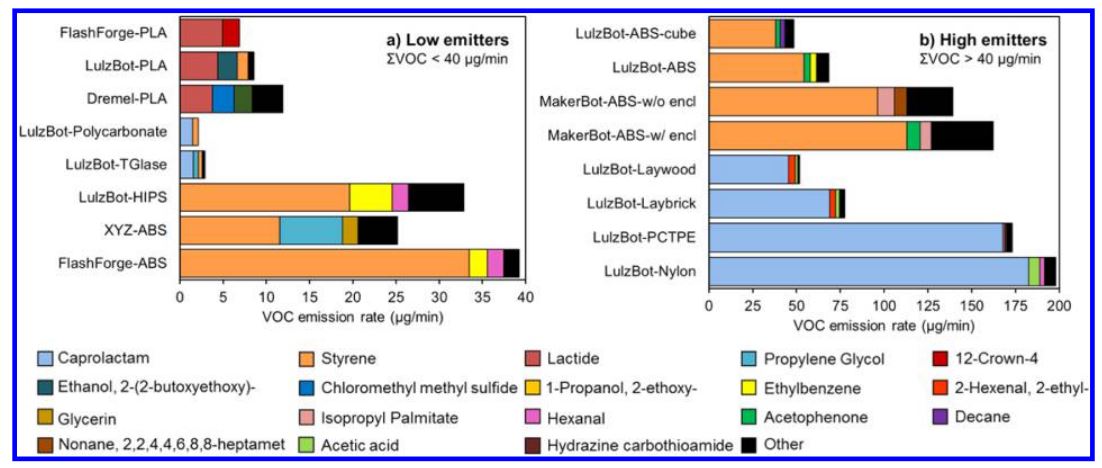I have an Ender 3 which I primarily use for printing with PLA. I haven't branched out to other materials yet. :)
I've done some research into PLA fumes and airborne particulates which seemed to mention that PLA is mostly safe, but ABS is rather dangerous to print without proper ventilation. However, I understand that there isn't much research on the topic and that there haven't been many studies.
I have been keeping my printer in my bedroom, far isolated from flammable materials, which I sometimes leave on to print while I'm asleep. Should I be concerned with my health safety with respect to airborne particulates emitted by printing with PLA?
Other questions ask about ABS, but here, I'm asking specifically about PLA.
